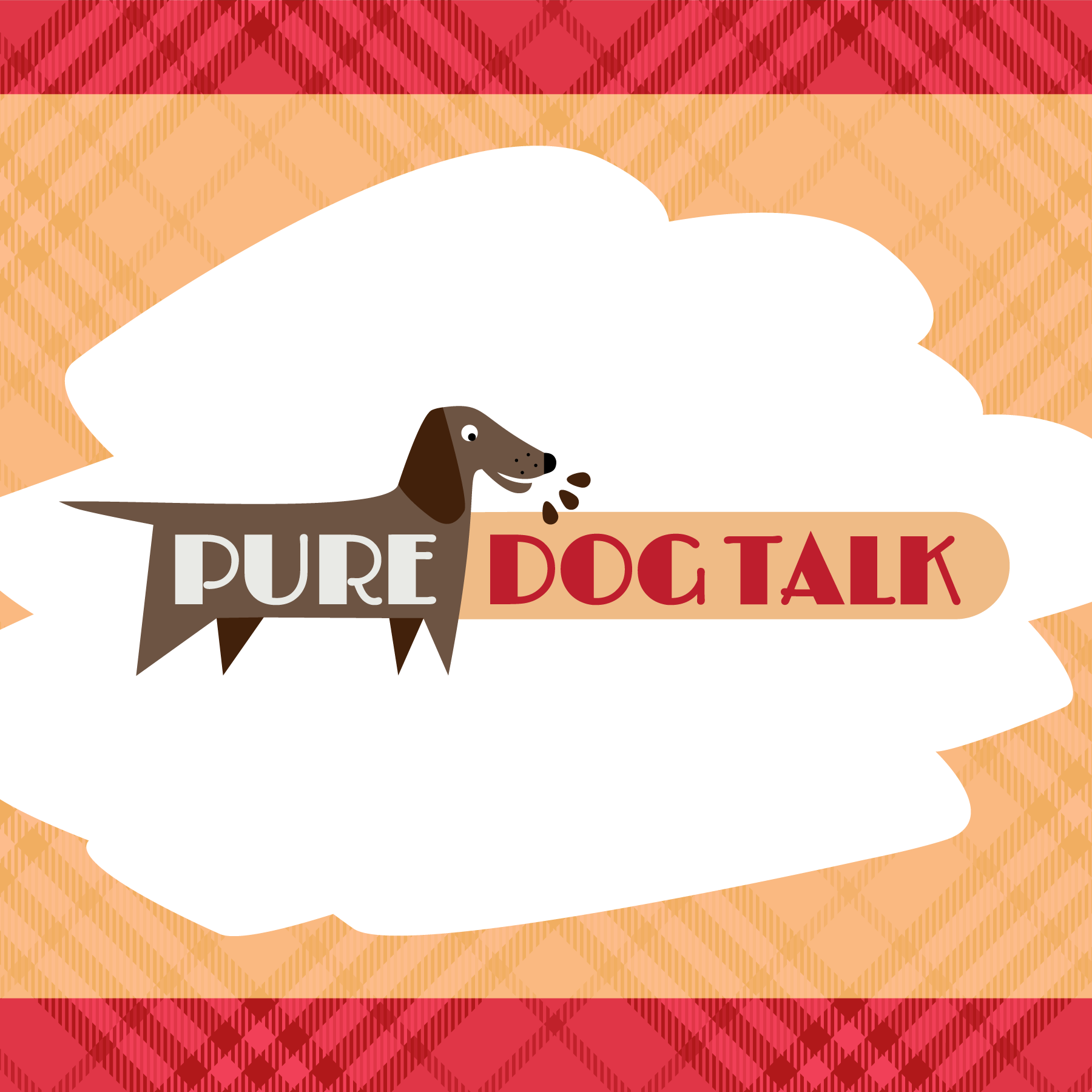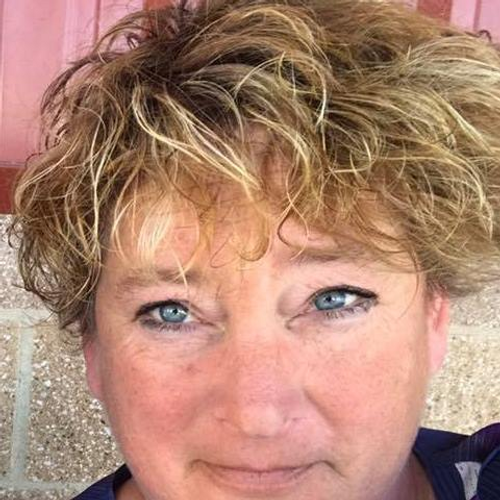| Parameter |
Risk |
Managing the Risk |
| 1. APGAR score Appearance, pulse, grimace, activity and respiration |
A Problem APGAR score of <7 is associated with a 22x risk of death in the 1st 8 hours after birth.
Pups with an APGAR of 4-7 can achieve a 90% survival rate with appropriate intervention. |
Repeat or continue resuscitation efforts of suctioning, oxygen, epinephrine, caffeine, ventilation and veterinary care as indicated.
Pups with an APGAR score of 0 – 3 need intensive resuscitation efforts. |
| 2. Weight |
Low birth weight pups have an 81% chance of death in the 1st 48 hours. Pups in the lightest 25% of its breed has an increased risk of mortality during the 1st 2 days of life.
Weight loss – >4% weight loss associated with 8x risk of death.
See formula. |
Digital Scale – essential – grams preferred.
Toy breeds – 100 – 200 gm
Medium breeds 200-400 gm
Large breeds 400 – 600 gm
Giant breeds – 600 to 800 gm |
| 3. Litter size |
Large litters have a 4x increased risk of neonatal death associated with low birth weight. |
Nutritional support with bottle or tube feeding. Nuby medi-nurser bottle recommended.
Plasma if colostrum is limited. |
| 4. 3 H syndrome |
Hypothermia à ileus of gut. à dehydration à hypoglycemia.
Room temperature – 75o F.
Surface temperature – 90 to 95oF.
Rectal temperature 94 – 96oF 1st 24 hours.
Rectal temp 96-98o F 1st week.
Hypothermic pups – 4x increased risk of death.
Humidity should be 55% +/- 10%.
Monitor hydration with MM moisture and urine color.
Plasma (IV, IO, SQ or oral) or colostrum orally along with appropriate antibiotic therapy should be prescribed. |
Rectal thermometer and Weather station to monitor temperature and humidity.
Pups cannot regulate their body temperature until they are 3 weeks old.
PuppyWarmer incubator and oxygen concentrator recommended.
Increase surface temperature.
Avoid use of heat lamp due to risk of dehydration, overheating and starting a fire.
T.E. Scott Whelping nest recommended.
Avoid feeding until pup has appropriate rectal temperature for 1 hour. Pups should be warmed slowly. |
| 5. Hypoglycemia |
Glucose of 90 mg/dl or higher at 24 to 48 hours of age– normal.
Glucose < 90 gm/dl = 4x increased risk of death. |
Glucometer & foot pad stick.
Karo syrup or 5% dextrose.
Tube or bottle feeding.
PetTest glucometer and sticks recommended. |
| APGAR Parameter |
0 |
1 |
2 |
| A = Mucus membrane color |
|
|
|
| P = Pulse, Heart rate |
|
|
|
| G = Grimace, Irritability reflex |
|
|
|
| A = Activity, Mobility |
|
|
|
| R = Respirations |
|
|
|
The following are the 5 P’s of safely tube feeding newborn pups.
Do NOT sponge or eyedropper feed due to risk of aspiration. If pups are too weak to adequately suckle on a bottle, tube feeding may be safer.
1. Premeasure tube – enter to rib,
2. Pinch à vocalize before feeding,
3. Pass with chin down,
4. Pass down side, prefer left.
5. Prewarm – puppy and formula
|
| It is reported that in small animals doxapram is most likely to be beneficial in increasing respiratory efforts in neonates with low-frequency, gasping, an erratic patterns of breathing after receiving oxygen therapy (Traas 2009). |



